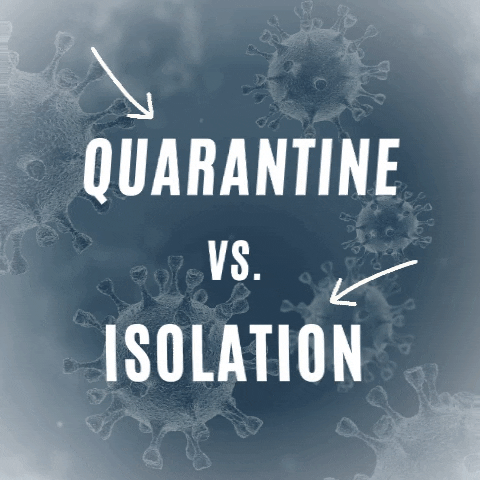If you think you have COVID-19, first of all, don’t panic. There are a lot of experienced medical professionals in our area who can help you. We’ll take you through what you should do, step by step.
Call for Help

If you have a doctor, call them to talk about your symptoms and why you think you have COVID-19. No doctor? The Public Health Department is here to talk to you about your symptoms. Call the Public Health hotline at 980-314-9400.
Self-isolate or Get Tested for COVID-19

Who should get tested? It depends on guidance from the Centers for Disease Control and Prevention (CDC), which may change over time. Your doctor or the health department will let you know if you should stay home or tell you where you can get tested.
It seems like everyone is saying they’re in quarantine. That’s not quite right. Quarantine is staying at home because you might have come in contact with someone who is sick. Isolation is when you’re sick and staying away from other people because you have COVID-19. Here’s how you can remember: ill and isolation both start with “i.” If you’re ill, you go into isolation. Physical or social distancing is staying home or away from other people to lower the chances of spreading disease. All of them help protect our community.
Get Your Results
If your results are negative, you probably were not infected when your sample was collected. However, that does not mean you will not get sick.
- Continue to keep an eye on your symptoms. Call your doctor or the Public Health hotline if any symptoms get worse. (AKA go back to step one. You’ll see a pattern here!)
- Practice social distancing.
- Wear a cloth face covering when you’re out. Save medical masks for healthcare workers and first responders.

If your results are positive, know that most people have mild symptoms and are able to recover at home.
- Follow the instructions you got from your doctor or Public Health.
- Isolate yourself. That means staying away from other people, including the ones you live with.
- Wear a mask if you have to be around other people.
- Look for any changes in your symptoms or how you feel.
- If you have any emergency warning signs, including trouble breathing, get medical attention right away.
Contact Tracing
You’ve heard the words “contact tracing” a lot lately. But what does it mean? Basically, people you’ve spent time around are contacts. How risky that contact is depends on how long you’re around them and how close you are to them. So a person you spent time with outdoors, 20 feet away for one minute is at low risk. But a person you live with and are around a lot is at high risk. Mecklenburg County Public Health has dozens of people who talk to local residents about the people they may have been around while they were infected. They are our contact tracers.
Next, the contact tracers let people know they might have been exposed to a known case of COVID-19. Then they’ll tell the contacts whether they should quarantine and monitor for symptoms or get tested, which takes you back to the top of this blog. Contact tracers also let employers know what they should do to keep people safe if an employee has COVID-19.
Release From Isolation

This step looks different for everyone. It also changes as we learn more about this disease. You’ll want to talk to your healthcare provider (back to the first step!) so they can tell you when it’s safe for you to leave isolation. If at any point, it all feels too much and you need mental health support, you’re not alone. We can help with that, too.
Stay up to date about COVID-19 in Mecklenburg County with our website, which has a ton of resources for businesses, daycares, long term care facilities and more. You can also follow us on Twitter, Facebook, and Instagram for regular updates.
